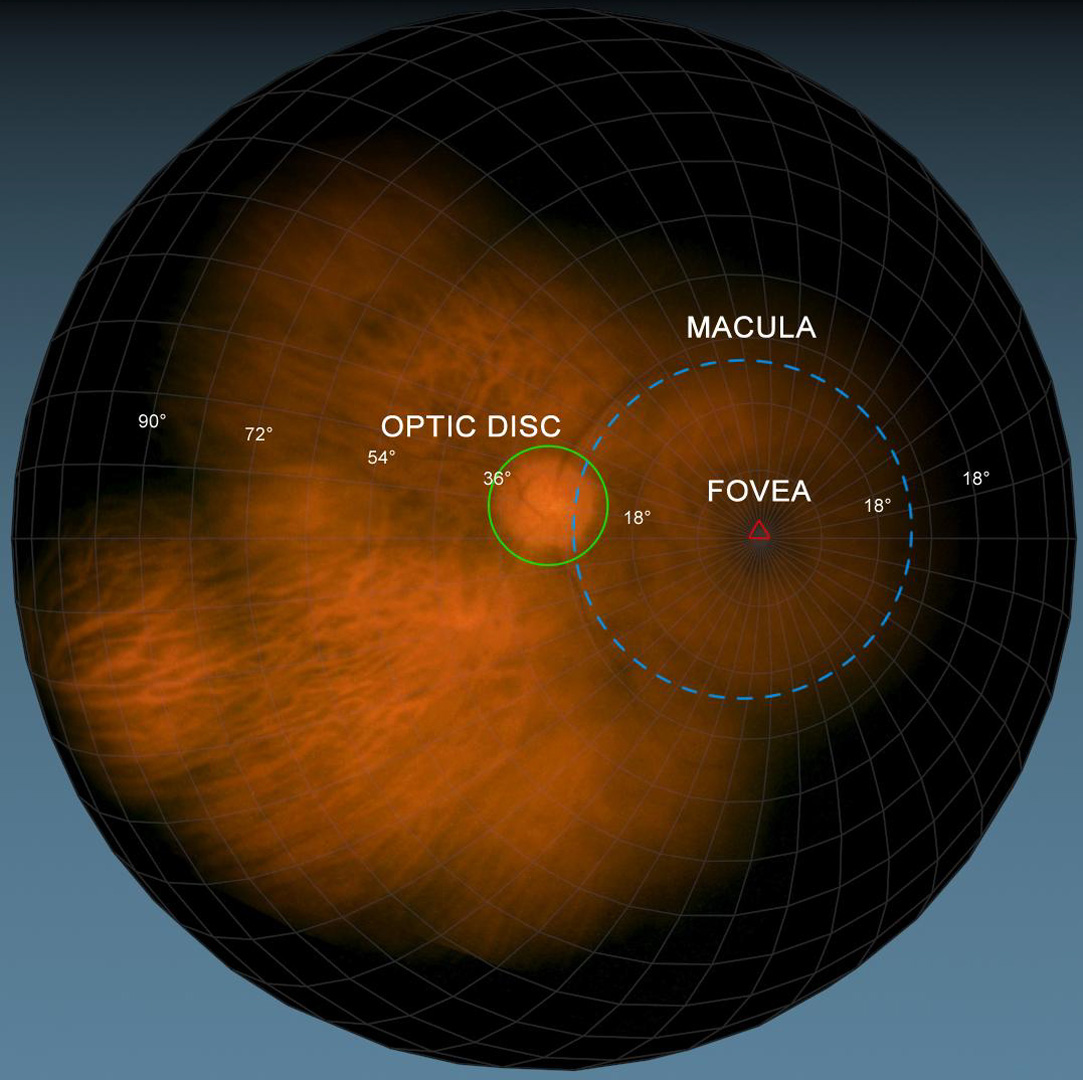“Computational retinal imaging via binocular coupling and indirect illumination” by Lawson, Boggess, Khullar, Olwal, Wetzstein, et al. …
Conference:
Title:
- Computational retinal imaging via binocular coupling and indirect illumination
Session/Category Title: Capture the World
Presenter(s)/Author(s):
Abstract:
The retina is a complex light-sensitive tissue that is an essential part of the human visual system. It is unique, as it can be optically observable with non-invasive methods through the eye’s transparent elements. This has inspired a long history of retinal imaging devices for examination of optical function [Van Trigt 1852; Yates 2011] and for diagnosis of many of the diseases that manifest in the retinal tissue, such as diabetic retinophathy, hypertension, HIV/AIDS related retinitis, and age-related macular degeneration. These conditions are some of leading causes of blindness, especially in the developing world, but can often be prevented if screened and diagnosed in early stages.
References:
1. Abràmoff, M., Garvin, M., and Sonka, M. 2010. Retinal imaging and image analysis. Biomedical Engineering, IEEE Reviews in 3, 169–208.
2. Keeler, C. 1997. 150 years since babbage’s ophthalmoscope. Archives of ophthalmology 115, 11, 1456.
3. Van Trigt, A. 1852. De oogspiegel. Nederlandisch Lancet, third series, Utrecht 1853, 417–509.
4. Yates, Paul Andrew; Tran, K., 2011. Hand-held portable fundus camera for screening photography, March.





